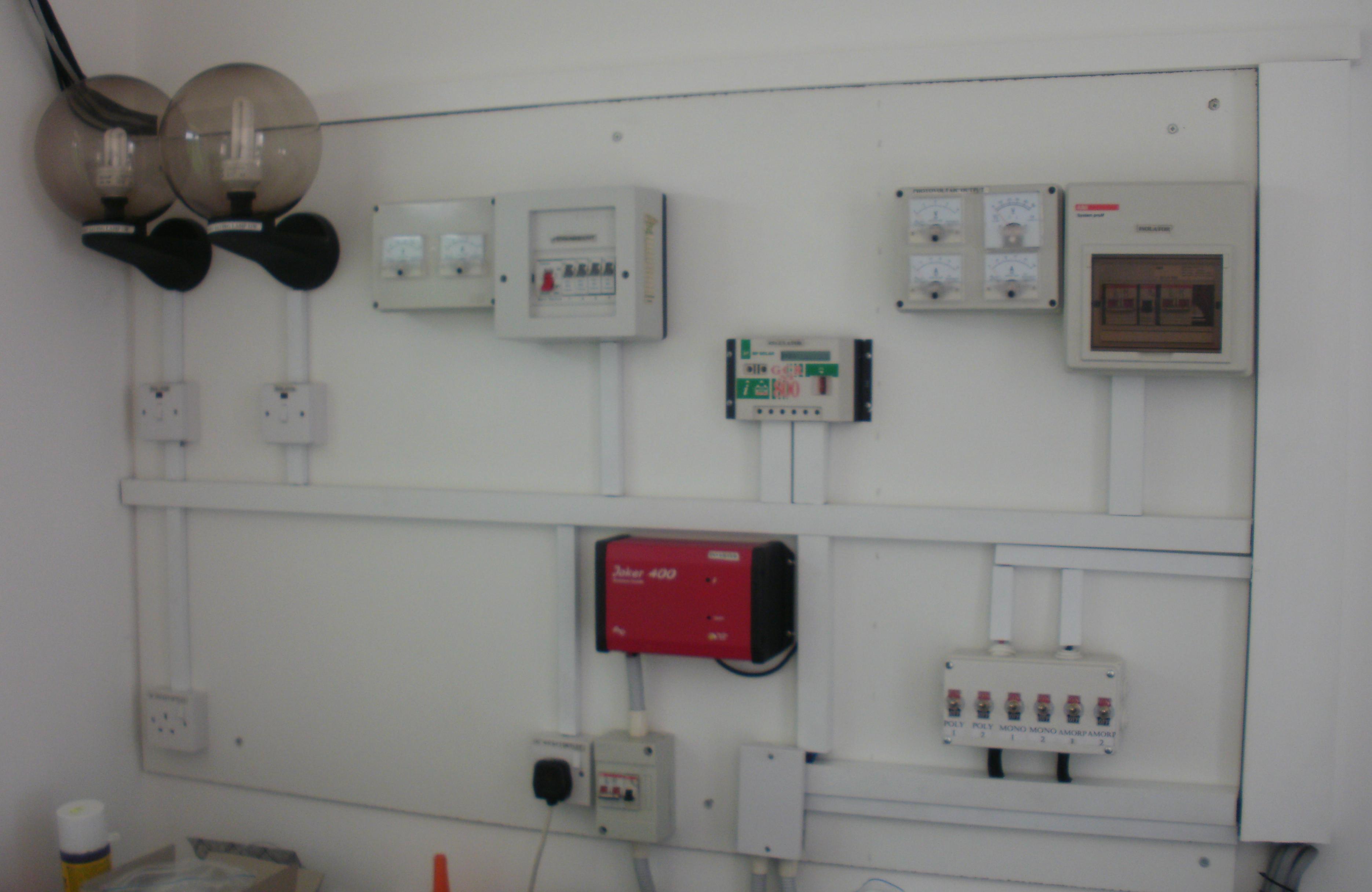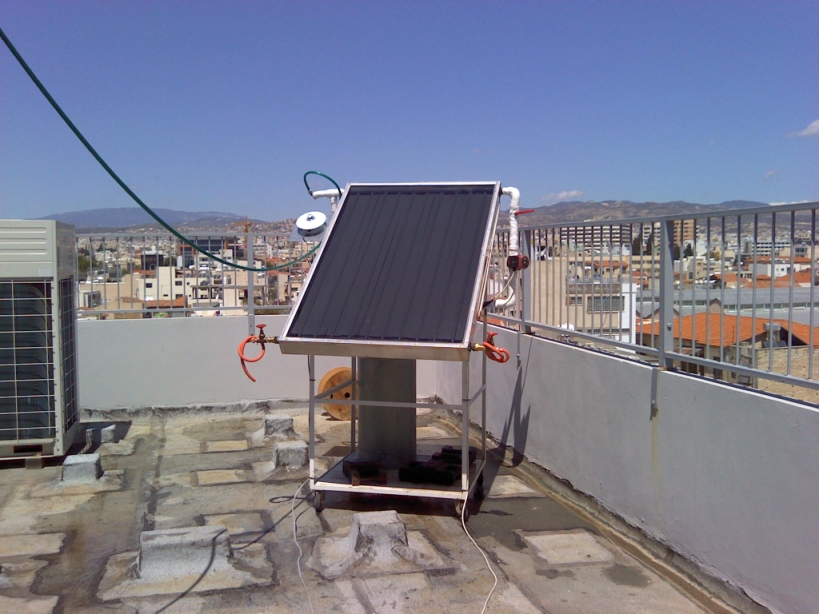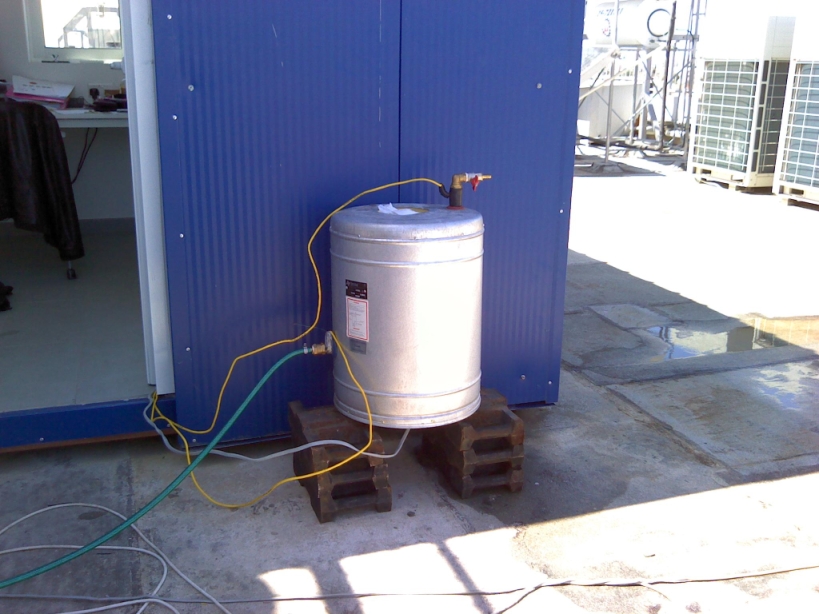The laboratory covers a space of approximately 200 square meters. It includes standard laboratory measuring facilities such as data acquisition systems, pyranometers, weather station, and sensors for temperature and flow measurements. In a separate space, a 20-lamp solar simulator is recently installed which is an indoor solar testing facility enabling testing of solar systems and components in a controlled environment.
A real life experimental facility of ASEL is the solar cooling system of the Mechanical Engineering Laboratories. The system includes a 300m2 evacuated tube collector system 3 LiBr absorption chillers 285 kW capacity and three hot water storage tanks.
The lab experimental equipment includes various types of flat collectors, storage tanks, a 14.4 square meters parabolic trough collector, various types of photovoltaic panels and hydrogen related equipment.
The laboratory includes also a Flir thermocamera with associated software for the analysis of thermal images, flux meters for the measurement of heat flux through a wall and thermal conductivity measurements.
Computational simulation studies are performed using a number of available software, which includes TRNSYS, F-Chart, EnergyPlus, Homer, RETScreen, Solar Advisor Model (SAM), COMSOL and Flex-PDE for finite element analysis.
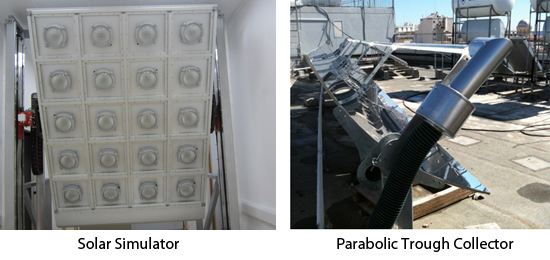
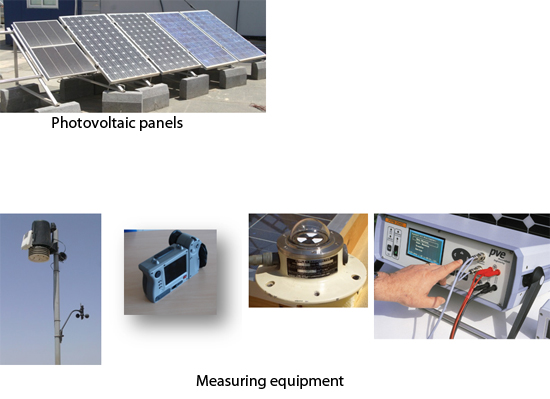
Facilities
The laboratory covers a space of approximately 200 square meters. It includes standard laboratory measuring facilities such as data acquisition systems, pyranometers, weather station, and sensors for temperature and flow measurements. In a separate space, a 20-lamp solar simulator is recently installed which is an indoor solar testing facility enabling testing of solar systems and components in a controlled environment.
A real life experimental facility of ASEL is the solar cooling system of the Mechanical Engineering Laboratories. The system includes a 300m2 evacuated tube collector system 3 LiBr absorption chillers 285 kW capacity and three hot water storage tanks.
The lab experimental equipment includes various types of flat collectors, storage tanks, a 14.4 square meters parabolic trough collector, various types of photovoltaic panels and hydrogen related equipment.
The laboratory includes also a Flir thermocamera with associated software for the analysis of thermal images, flux meters for the measurement of heat flux through a wall and thermal conductivity measurements.
Computational simulation studies are performed using a number of available software, which includes TRNSYS, F-Chart, EnergyPlus, Homer, RETScreen, Solar Advisor Model (SAM), COMSOL and Flex-PDE for finite element analysis.




